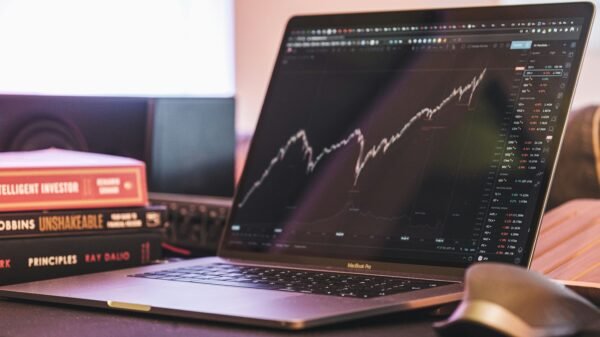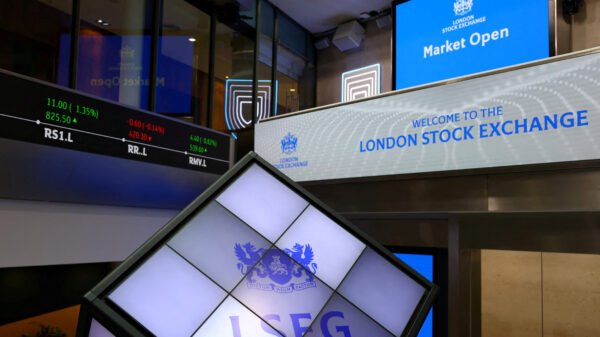Gold Prices Hit Record High Amid Ongoing Trade Tensions
The price of gold surged to an all-time high of $2,993.80 per ounce, as investors sought safe-haven assets amid growing economic uncertainty. Rising trade tensions, particularly between the United States and Europe, have intensified concerns about global economic stability, leading to increased demand for precious metals.
Safe-Haven Demand Drives Gold’s Surge
Gold is often considered a safe-haven asset, especially during times of economic and political instability. With trade conflicts escalating, many investors have shifted capital into gold, viewing it as a reliable store of value amid rising global risks.
U.S. Trade Tariffs on European Goods Impact Markets
The latest jump in gold prices comes after U.S. President Donald Trump threatened to impose high tariffs on European imports, particularly on wine, automobiles, and luxury goods. This announcement raised concerns among investors, as retaliatory measures from the European Union could worsen trade relations.
Stock Market Volatility Pushes Investors Toward Gold
Equity markets have reacted negatively to trade uncertainty, with major indices in the U.S., Europe, and Asia experiencing declines. As investors reduce exposure to riskier assets, many are moving funds into commodities like gold, driving prices upward.
Weakening U.S. Dollar Supports Gold’s Rally
The U.S. dollar has weakened slightly amid concerns over trade policies, providing additional support for gold prices. A weaker dollar makes gold cheaper for international buyers, increasing global demand and further boosting its value.
Central Banks Increase Gold Reserves
Several global central banks have been increasing their gold reserves, signaling long-term confidence in the metal. Countries such as China and India have accelerated gold purchases, further contributing to the price surge.
Inflation and Economic Uncertainty Contribute to Gold’s Strength
Rising inflation concerns and slowing economic growth have also fueled gold’s rise. Investors view precious metals as a hedge against currency depreciation and economic instability, making gold a preferred asset in uncertain times.
Gold Outperforms Other Commodities
While other commodities such as oil and industrial metals have faced fluctuations, gold has remained resilient, outperforming most asset classes in 2025. This trend highlights growing investor demand for stability amid uncertainty.
Geopolitical Tensions Add to Market Anxiety
Beyond trade conflicts, ongoing geopolitical tensions in Eastern Europe and the Middle East have also increased investor uncertainty. The rising risk of international conflicts has added pressure on financial markets, further driving gold demand.
Gold Mining Stocks See Strong Gains
Gold mining companies have benefited significantly from rising gold prices, with shares of major producers such as Barrick Gold and Newmont Corporation surging alongside the precious metal itself.
Outlook for Gold Prices in 2025
Many analysts predict that gold could continue its upward trajectory, especially if trade tensions persist and economic uncertainty remains high. Some forecasts suggest that gold may surpass the $3,000 per ounce mark in the near future.
Investors Reevaluate Portfolio Strategies
Given the volatility in equity markets, investment advisors recommend diversifying portfolios by increasing allocations to gold and other safe-haven assets to mitigate risks from global trade conflicts and economic slowdowns.
Central Bank Policies Could Influence Gold’s Next Move
The Federal Reserve and other central banks will play a key role in determining gold’s next price movement. Any policy shifts toward interest rate cuts or monetary easing could further boost gold’s appeal.
Conclusion: Gold’s Safe-Haven Appeal Remains Strong
As trade tensions escalate and economic uncertainty lingers, gold remains a top-performing asset in 2025. With record-high prices and strong investor demand, the precious metal is likely to retain its safe-haven status in the face of ongoing market volatility.
































